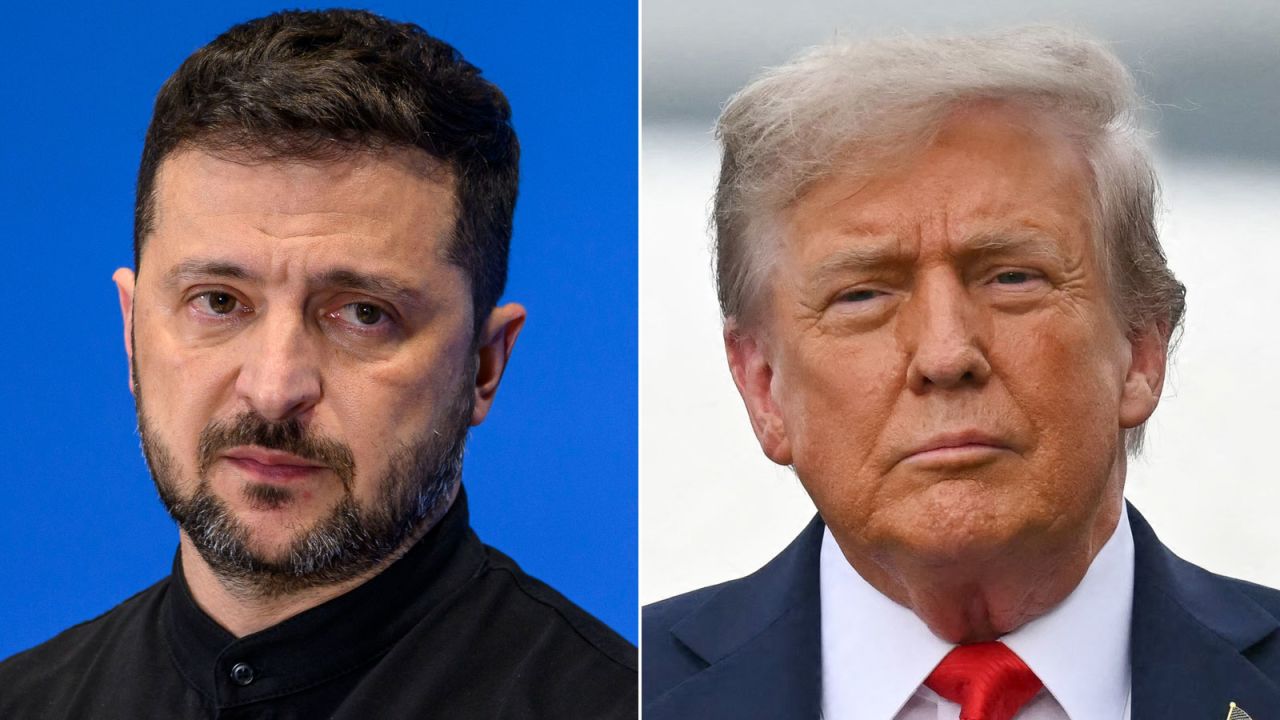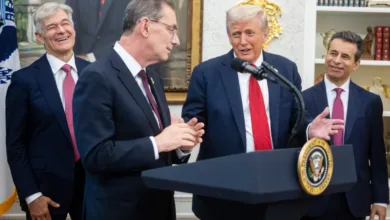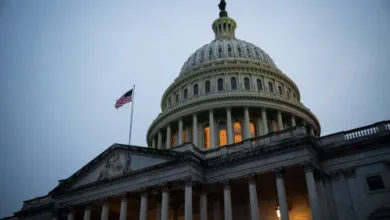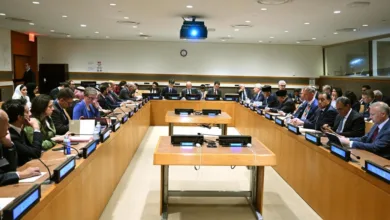U.S.–Russia Relations in 2025: A New Cold War or a Fragile Balance?

The relationship between the United States and Russia has always been a defining element of international politics. In 2025, the world stands at a crossroads, witnessing a dangerous combination of old rivalries and new geopolitical challenges. From NATO expansion to the Ukraine conflict and global energy struggles, the U.S.–Russia relationship is increasingly framed as a “new Cold War.” But is this label accurate, or does it oversimplify a complex geopolitical reality?Historical Context: From Cold War to Present
The Cold War ended in 1991, yet the ideological, military, and political tensions between Washington and Moscow never completely disappeared. The U.S. continued to expand NATO eastward, while Russia sought to rebuild its influence in Eastern Europe and beyond.
By the mid-2010s, the annexation of Crimea, the Syrian conflict, and alleged election interference had reignited mistrust. In 2025, these tensions have crystallized into open competition across political, military, and cyber domains.
Ukraine and NATO Expansion
The war in Ukraine remains the most critical flashpoint. While the U.S. continues to provide military aid to Kyiv, Russia strengthens its hold on occupied territories and leverages energy supplies to pressure Europe. NATO’s growing presence in Eastern Europe is perceived by Moscow as an existential threat, making diplomacy more fragile than ever.
Energy and Economic Rivalry
Beyond the battlefield, energy remains a powerful weapon. Russia continues to use its oil and gas exports as leverage, while the U.S. counters with sanctions, liquefied natural gas (LNG) exports, and global alliances. In 2025, the competition over green energy technologies has opened a new front in the rivalry, with both nations seeking dominance in renewable energy and nuclear power development.
Cybersecurity and Information Warfare
Unlike the Cold War of the 20th century, the modern U.S.–Russia rivalry extends into cyberspace. From disinformation campaigns to cyberattacks on infrastructure, both sides weaponize technology. The digital battlefield is increasingly becoming the frontline of the new Cold War.
Nuclear Arms and Global Security
Arms control agreements that once limited nuclear stockpiles have eroded. The U.S. accuses Russia of violating key treaties, while Moscow insists Washington seeks strategic dominance. With both sides modernizing their nuclear arsenals, the risk of miscalculation is dangerously high.
Diplomacy: Is There a Way Out?
Despite escalating tensions, both nations recognize the need for dialogue. Strategic talks on arms control, energy security, and cyberwarfare are ongoing, but mutual distrust prevents major breakthroughs. Analysts argue that without renewed diplomatic initiatives, the world risks sliding deeper into a long-term confrontation.
As of 2025, U.S.–Russia relations are defined by a mixture of confrontation and cautious restraint. While the term “new Cold War” captures the rivalry, today’s competition is more multidimensional—spanning military, economic, technological, and ideological spheres. Whether this balance will hold or collapse depends on the ability of both nations to manage conflicts without crossing the threshold into open war.




